Scottish Theology
in relation to church history
| Weight | 0.61 kg |
|---|---|
| Dimensions | 22.3 × 14.3 × 2.8 cm |
| ISBN | 9781848716155 |
| Binding | Cloth-bound |
| Format | Book |
| Page Count | 400 |
| Banner Pub Date | Jul 15, 2015 |
Book Description
‘It has been my endeavour to handle my theme in a free and familiar fashion so as to avoid a coldly technical and stiff treatment of it, and to make it as instinct with human interest as the case permitted. This called for setting forth a theological discourse in a setting of real church life. Thus discussion and exposition are woven into a fabric of narrative. I need hardly say that I write from the standpoint of one cordially attached to the faith and witness of the Reformed churches. Though that faith is, for the time being, largely under an eclipse, its friends live in the hope that with a resurgence of evangelical godliness in days of reviving it will have an ample vindication, so that its future will in glory and in power surpass the best and brightest days of its past.’ — PRINCIPAL JOHN MACLEOD
Scotland has made a unique contribution in the field of theology, and the influence of its theologians has been and continues to be felt across the world. Indeed it was an American audience for whom John Macleod prepared this narrative of Scottish Theology, which was originally delivered as lectures to students at Westminster Theological Seminary.
Scottish Theology traces the development of theological thought as it was worked out in the life of the church in Scotland after the Reformation. It is far from a neat and straightforward story. But Macleod, in no way neglecting the details or the personalities involved, recounts it in such a way as to draw attention to the broad themes and the big principles that were at stake in the debates and controversies which took place amidst ongoing changes in the realms of church and state. At one level, Macleod’s narrative is an historical document in itself — a Reformed, evangelical, and Presbyterian interpretation of the events that it describes.
But it is much more significant than a mere historical source. The issues documented — the relationship between church and state; the authority of Scripture; the nature of the atonement; intra-church conflict; the persecution of Christians; the church’s missionary responsibility — all have a resounding contemporary significance, and especially so with the hindsight of the developments that have taken place since the conclusion of Macleod’s narrative. A judicious consideration of history is a sure way to promote humility, and a careful study of Macleod’s account will enable readers to appreciate more fully the distinctive theological inheritance of Scotland, and to be thankful for the way God has worked in his providence to use this heritage to build and preserve his church down through the centuries to the present day.
Table of Contents Expand ↓
| Foreword by Ian Hamilton | ix | |
| Preface | xi | |
| John Macleod | xiii | |
| I | INTRODUCTORY | |
| National Independence and What Came of It – Knox – The Puritans – An Unrealised Possibility – The Scots Confession – 1. The Sacraments – 2. Faith and Assurance – 3. The Doctrine of the Church 1 | ||
| II | THE SUCCESSORS OF KNOX | 43 |
| i. The Men of the Reformation Century: 1. Andrew Melville; 2. John Welsh; 3. John Craig; 4. Robert Rollock; 5. John Davidson – ii. The Men of the Sub-Reformation Age: 1. Robert Bruce of Kinnaird; 2. David Calderwood; 3. Robert Boyd; 4. John Cameron – iii. The Conformists with the Royal Policy | ||
| III | THE SECOND REFORMATION GALAXY | 69 |
| 1. Alexander Henderson – 2. Samuel Rutherford – 3. George Gillespie – 4. Robert Baillie – 5. David Dickson – 6. George Hutcheson and James Fergusson – 7. James Wood and Robert Blair of St Andrews – 8. Andrew Gray and Hugh Binning – 9. William Guthrie of Fenwick – 10. John Livingstone – 11. James Durham – 12. The Faith of the Gospel on Fire | ||
| IV | THE POST-REVOLUTION CHURCH | 107 |
| 1. Carstares and His Brethren – 2. The Preaching of the Age – 3. John Monro – 4. Gospel Power—James Wodrow’s Judgment – 5. Assurance – 6. Alexander Shields – 7. An Uncertain Sound – 8. Specimens of the Orthodox Pulpit – 9. Hog of Carnock – 10. Conformists of the Leighton School – 11. Thomas Halyburton – 12. A Question of Precedence – 13. The Other Side: Dr A. Kuyper – 14. What Led up to the ‘Marrow’ Controversy? | ||
| V | THE NEONOMIANS AND THE MARROW CONTROVERSY | 145 |
| i. The Neonomians: 1. Their Origin; 2. Hyper-Calvinists; 3. James Hadow; 4. Thomas Boston and ‘The Marrow’ – ii. The Marrow Controversy: 1. Its Course; 2. M‘Crie and Brown of Whitburn; 3. The ‘Marrow’ Teaching Vulnerable | ||
| VI | THEOLOGY IN THE EARLY DAYS OF THE SECESSION | 175 |
| 1. Outlook of Early Seceders – 2. The Evangelical Message – 3. ‘The Breach’ and After – 4. Brea’s Teaching – 5. A Glance at Large – 6. Secession Writers – 7. John Brown of Haddington – 8. John Glas and His Work – 9. Sandemanian Faith | ||
| VII | THE EIGHTEENTH – CENTURY CONTRAST – EVANGELICALS AND MODERATES | 199 |
| 1. John Maclaurin – 2. John Inglis and Missions – 3. The Moderates – 4. Witherspoon on Moderatism – 5. 18th-Century Culture – 6. Moderatism Timid and Subservient – 7. Moderatism and Theology – 8. John Witherspoon and Scottish Theology Overseas – 9. Lady Glenorchy’s Circle – 10. Dr John Erskine and His Friends – 11. John Love – 12. The Brothers Haldane | ||
| VIII | NEW LIGHT AND WHAT IT HAS DONE | 239 |
| i. What is New Light?: 1. Cameronians and Relief Welcome It; 2. The Secession Synods; 3. Adam Gib; 4. Change of Testimony: Anti-Burghers; 5. The Burghers Change Too; 6. Fixed or Fluid?; 7. Aggressive Encroachment; 8. Morison and His Professors; 9. John Brown, Tertius; 10. Andrew Marshall – ii. New Light at Work: 1. Ralph Wardlaw; 2. Hugh Martin on Wardlaw; 3. Macgregor on Amyraldianism; 4. Present-Day Effects in Evangelism – iii. Old Lights Stand Fast – iv. New Light Leaders – v. Miscellaneous – vi. The Issue of the New Light Tendency | ||
| IX | THE EVANGLICAL SCHOOL AND VICTORIAN ORTHODOXY | 267 |
| i. The Evangelical Revival – ii. Excesses and Extravagances – iii. A Defence of Catholic Verity – iv. Defence of the Canon of Holy Scripture – v. The Spread of the Revival – The ‘Calvinistic Recrudescence’ in the State Church – vii. Dr Chalmers – viii. Dr William Cunningham – ix. Dr R. S. Candlish – x. Dr Maclagan – xi. Drs Gordon and Bruce – xii. M‘Cheyne and the Bonar Brothers – xiii. David Brown and Patrick Fairbairn – xiv. Missionary Activity: 1. Duff and Wilson; 2. John Macdonald of Calcutta; 3. W. C. Burns; 4. John Duncan – xv. A Great Senatus – xvi. The Puritan Tradition – xvii. Dr A. Moody Stuart – xviii. The Symingtons – xix. Dr Guthrie – xx. Change Ahead | ||
| X | LATER DEVELOPMENTS – THE EBB-TIDE | 309 |
| i. Morisonianism and Independency – ii. Other Influences Telling on the Churches: 1. Broad Churchism: (a) Lee, (b) Tulloch and Caird, (c) Norman Macleod; 2. High Sacramentalism – iii. Change Outside the State Church: 1. U.P. Synod; 2. The Broad School in the Free Church – iv. Authority of Scripture at Stake – v. A Striking Forecast – vi. A Type of Union Policy at Work – vii. Moncrieff’s Fear – viii. Article 1 of 1921 – ix. Dr Martin on Freedom to Change – x. Dr Hugh Martin – xi. Dr John Kennedy | ||
| Appendix: The Work of a Theological College | 347 | |
| Index | 363 |
Related products
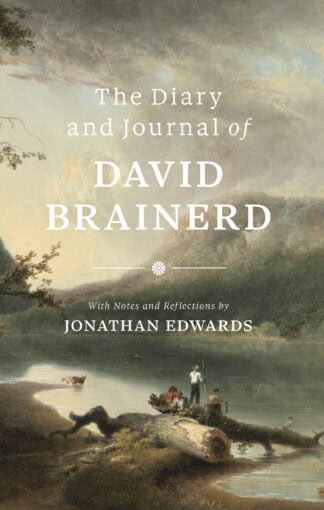
Diary and Journal of David Brainerd
Preface and Reflections by Jonathan Edwards
Description
Book Description ‘It has been my endeavour to handle my theme in a free and familiar fashion so as to avoid a coldly technical and stiff treatment of it, and to make it as instinct with human interest as the case permitted. This called for setting forth a theological discourse in a setting of real […]
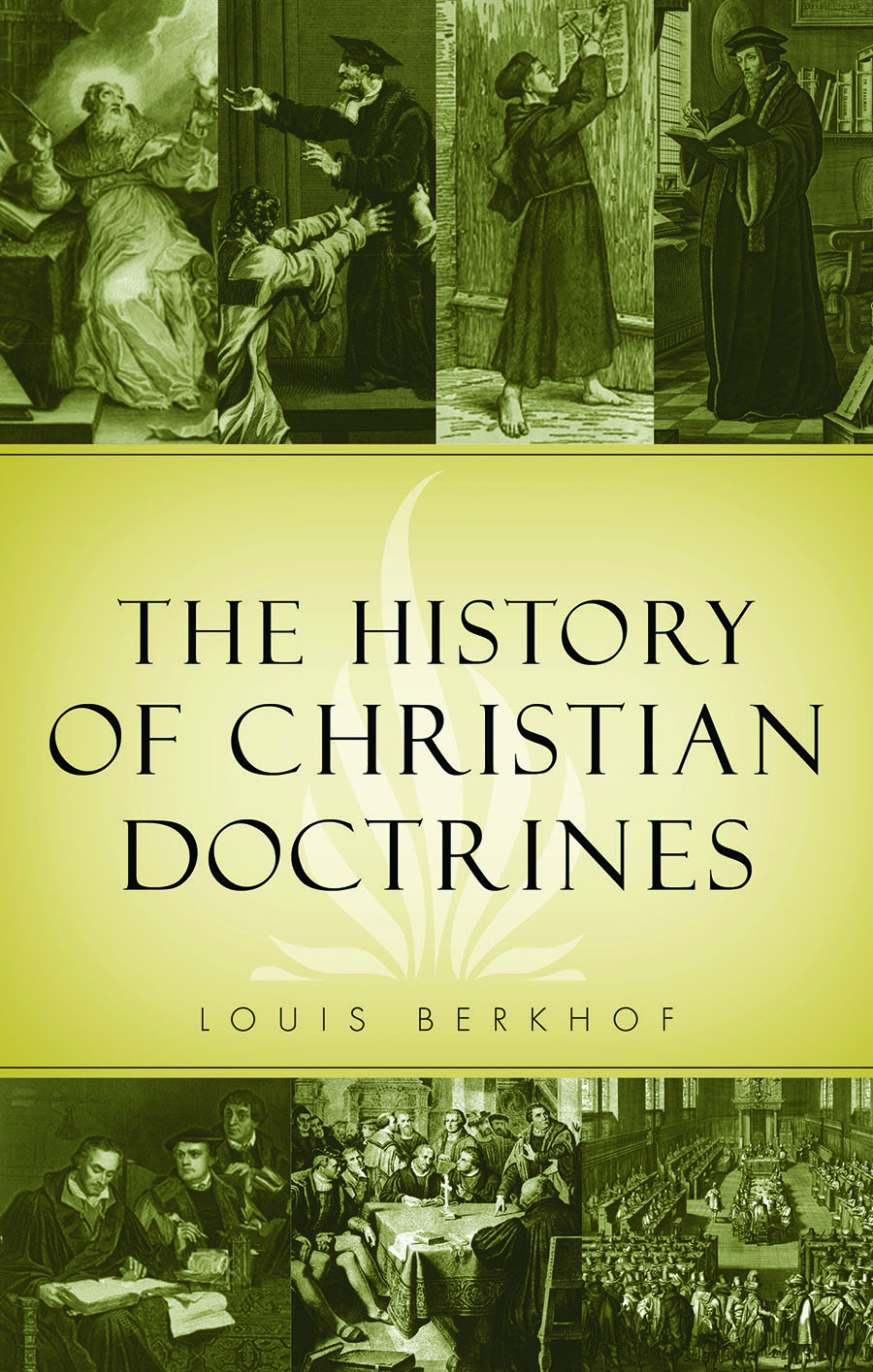
Description
Book Description ‘It has been my endeavour to handle my theme in a free and familiar fashion so as to avoid a coldly technical and stiff treatment of it, and to make it as instinct with human interest as the case permitted. This called for setting forth a theological discourse in a setting of real […]
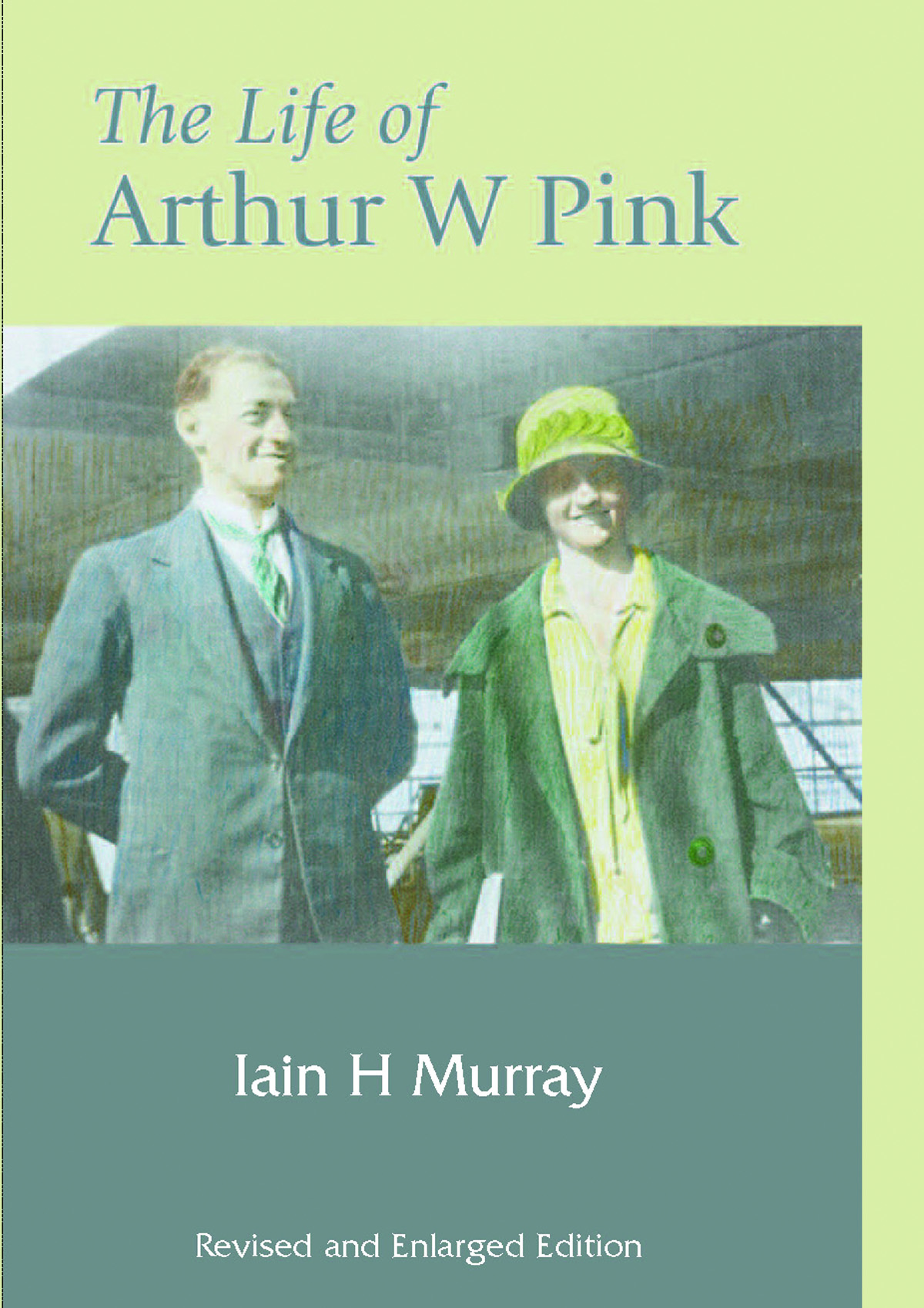
Description
Book Description ‘It has been my endeavour to handle my theme in a free and familiar fashion so as to avoid a coldly technical and stiff treatment of it, and to make it as instinct with human interest as the case permitted. This called for setting forth a theological discourse in a setting of real […]

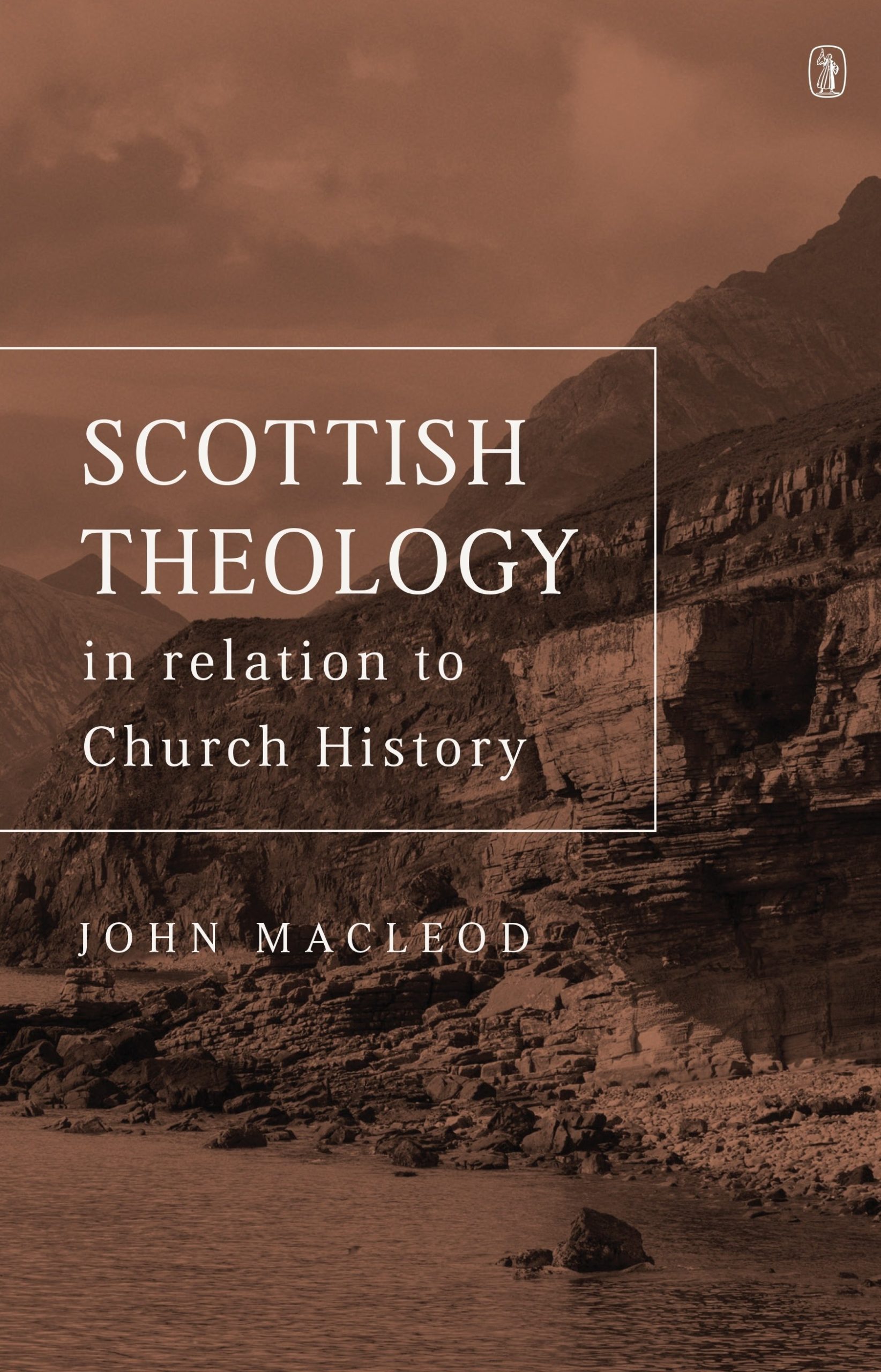
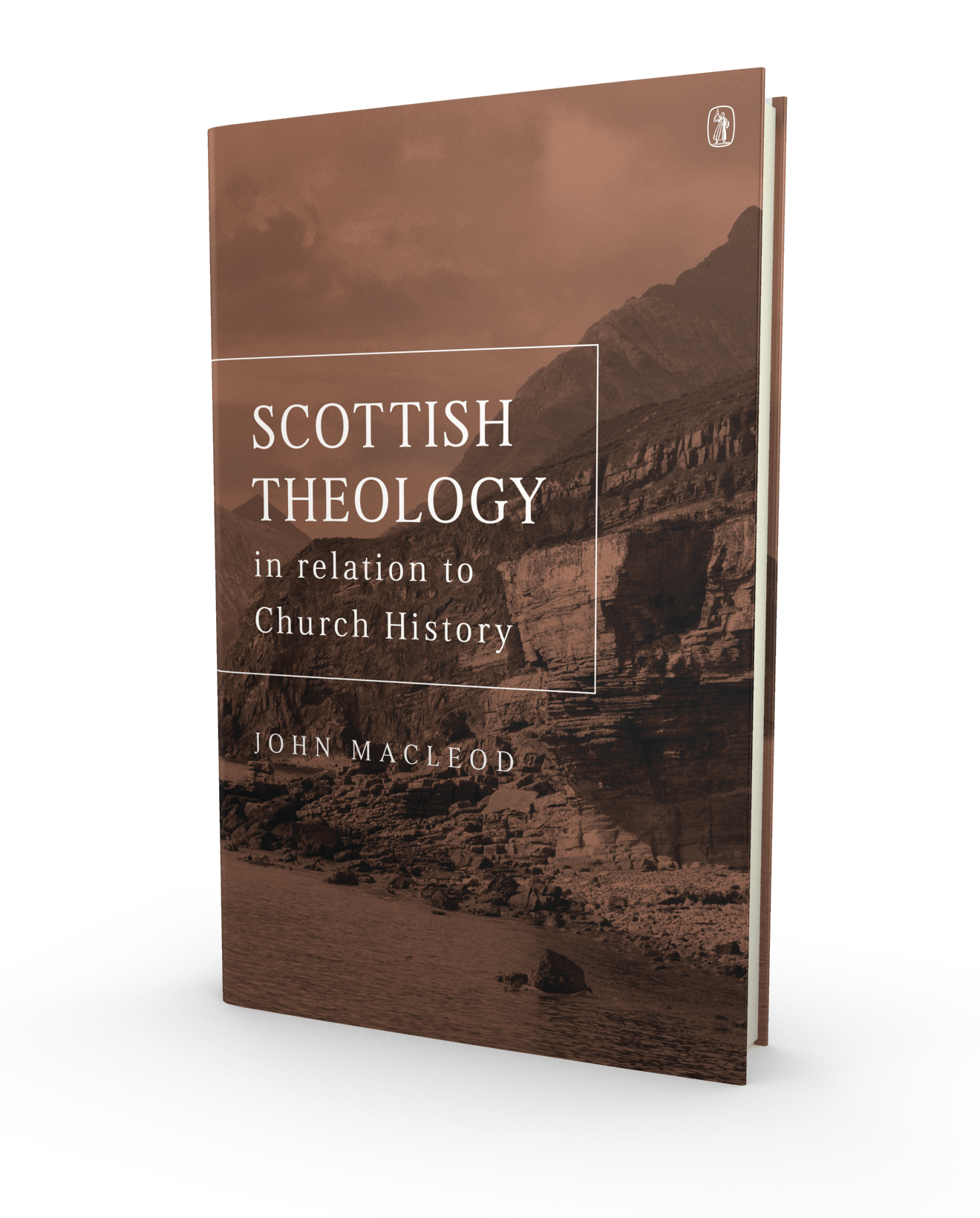
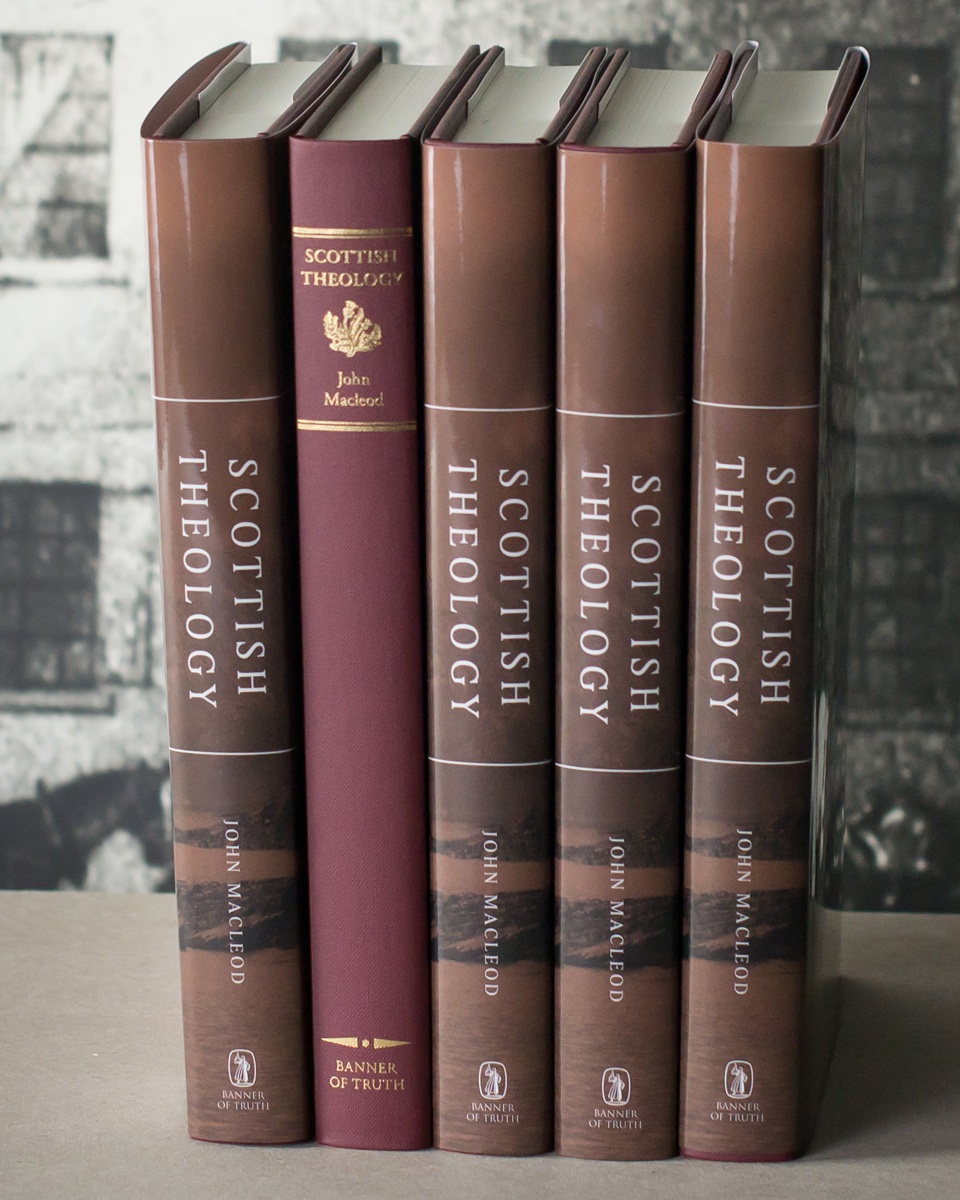
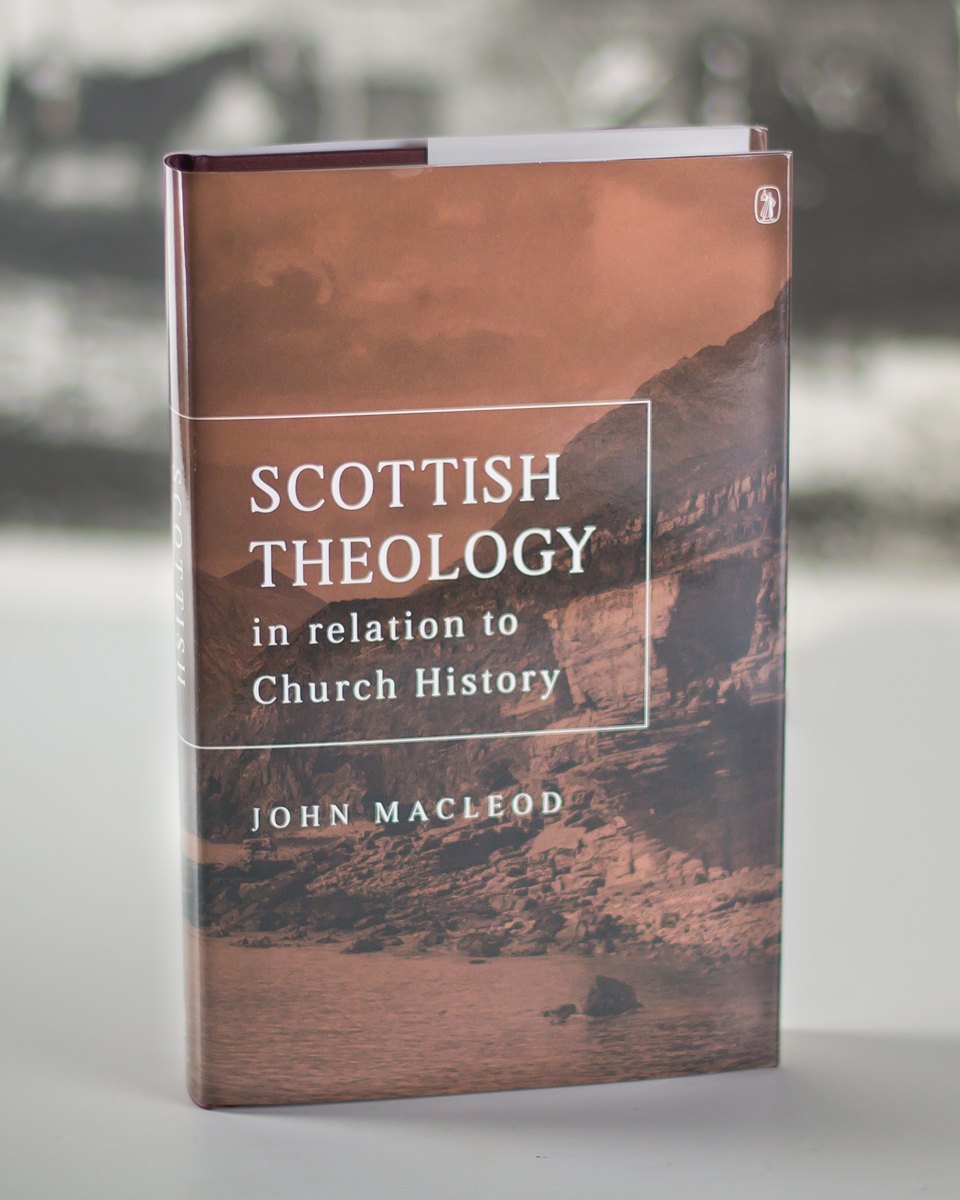
SJ Cunnington –
For anyone who wants to make an attempt at getting to grips with Scotland’s rich, yet at times complicated and nuanced, church history, this would be a good starting point. It is evident that John Macleod lived and breathed his subject, and understood to a deep level the theological significance of the things that he describes – things which still have much significance today. Certainly for those within, and as well for those outwith Scotland (especially those who trace their theological roots here), this is a very excellent book, and worthwhile careful reading. As an incoming English member of a new church plant in Scotland, this has been a great help in getting to know and appreciate the country’s distinct theological heritage.
MICHAEL IVES –
This is a modern masterpiece. Macleod writes with a clarity, freshness, and a winning persuasiveness that adorns the subject. More of Macleod’s writings need to be republished and read by a wider audience. Here are a few online resources of note: https://westportexperiment.com/?s=john+macleod